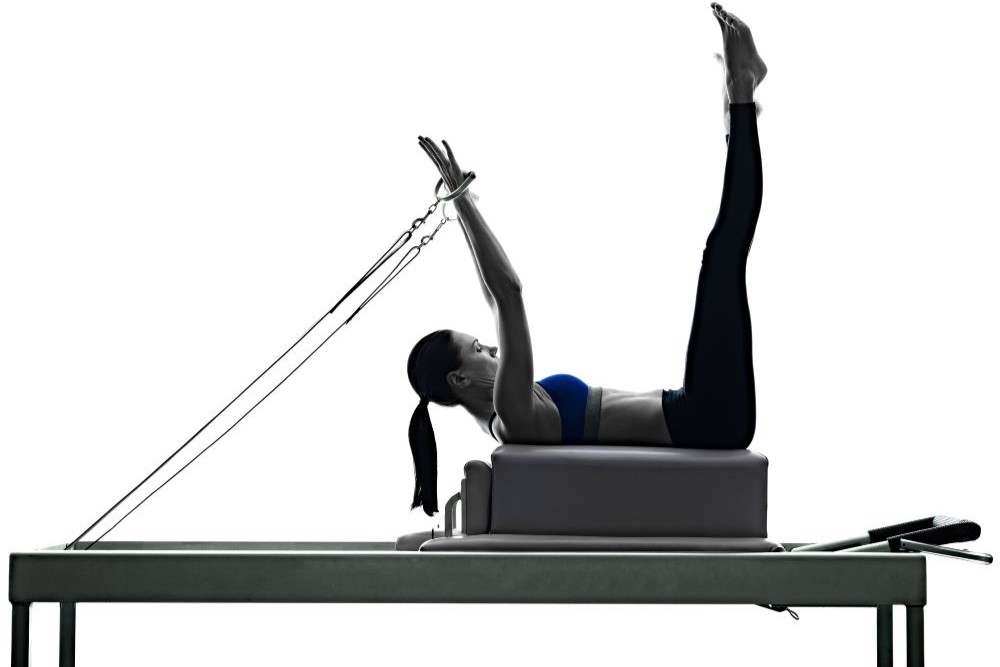A cat stretched in a barracks; a prisoner observed this and then developed an invention that left a considerable mark on society. Who was the cat? No one really knows. Who was the prisoner? His name was Joseph Pilates. Sound familiar?
Invention creation is intriguing and could be considered situational. For example, consider: (1) a failed experiment occurring in a vacuum flask creates a slippery substance, (2) a failed adhesive when applied to paper changes our office culture, and (3) a product for preventing rust on rockets becomes one of the leading lubricants. Here, a prisoner wondering how a cat could keep fit while living in cramped barracks conditions came up with a system of staying fit that would live long beyond his time. For now, you can guess the brand names of the other three inventions (the answers are at the end of this column).
PILATES
Joseph Pilates, born in 1883, was interned as a German national in a camp in England during World War I. It was a common practice in those days to segregate nationals of the enemy country (Germany) from the general population (the English). As a child, he suffered from asthma, rickets, and rheumatic fever but he was determined to overcome these physical limitations.
A popular anecdote exists that Pilates observed the grace and flexibility of animals, particularly cats, during his internment and noted how those animals stayed fit doing precise and controlled stretching movements. He then developed ways to use one’s own body weight for resistance while using minimal equipment (as was his situation while interred) and used those newly developed techniques to help other inmates to exercise, many of whom were bedridden. After the war, Pilates moved to New York City where he and his wife opened a fitness studio that became popular with dancers and athletes.
PILATES PATENTS
Pilates named his fitness method “Contrology” but over time his exercises became known as “Pilates.”
Joseph Pilates obtained several U.S. patents for various pieces of equipment useful in his exercise routines. However, he did not seek trademark protection for the term “Pilates.” For Joseph Pilates, which form of intellectual property was more important in the long run, patent protection or trademark protection? Of course, both are important in the short term.
Patents have a definitive life. In the days of Pilates, a U.S. patent’s term was 17 years from the date of grant. Today, that term is 20 years from the date of filing. However, a trademark can last indefinitely if the mark is continuously used, maintained and protected.
Since the patents awarded to Pilates protected specific pieces of equipment, other equipment was unprotected. Also, the Pilates patents expired 17 years after the date that each patent was granted. His exercise methodology, however, lives on and is still very popular today.
TRADEMARKS
If Joseph Pilates had pursued trademark protection and enforced his trademark rights, others could not have sold services or equipment under the “Pilates” name. Thus, even in the case where others may have created new and better Pilates equipment, they could have been prohibited from selling or using such equipment under the “Pilates” brand in association with such equipment.
PILATES IS GENERIC!
This is where the story gets interesting. After Joseph Pilates died in 1967, efforts were made to enforce the “Pilates” trademark. However, since the name had become ubiquitous in the exercise field, the courts decreed that the term Pilates was generic. “Generic” in this context means that a term is the common name of a product or service. Trademark rights cannot be obtained such that others are precluded from using a common name of a product or service.
This story illustrates why one should not wait too long to obtain and enforce trademark rights. In other words, if you snooze you lose.
The answers from above are: (1) Teflon, (2) Post-it Notes, and (3) WD-40.
Many thanks to Devany Rindy of WCK for providing the basis of this story!










